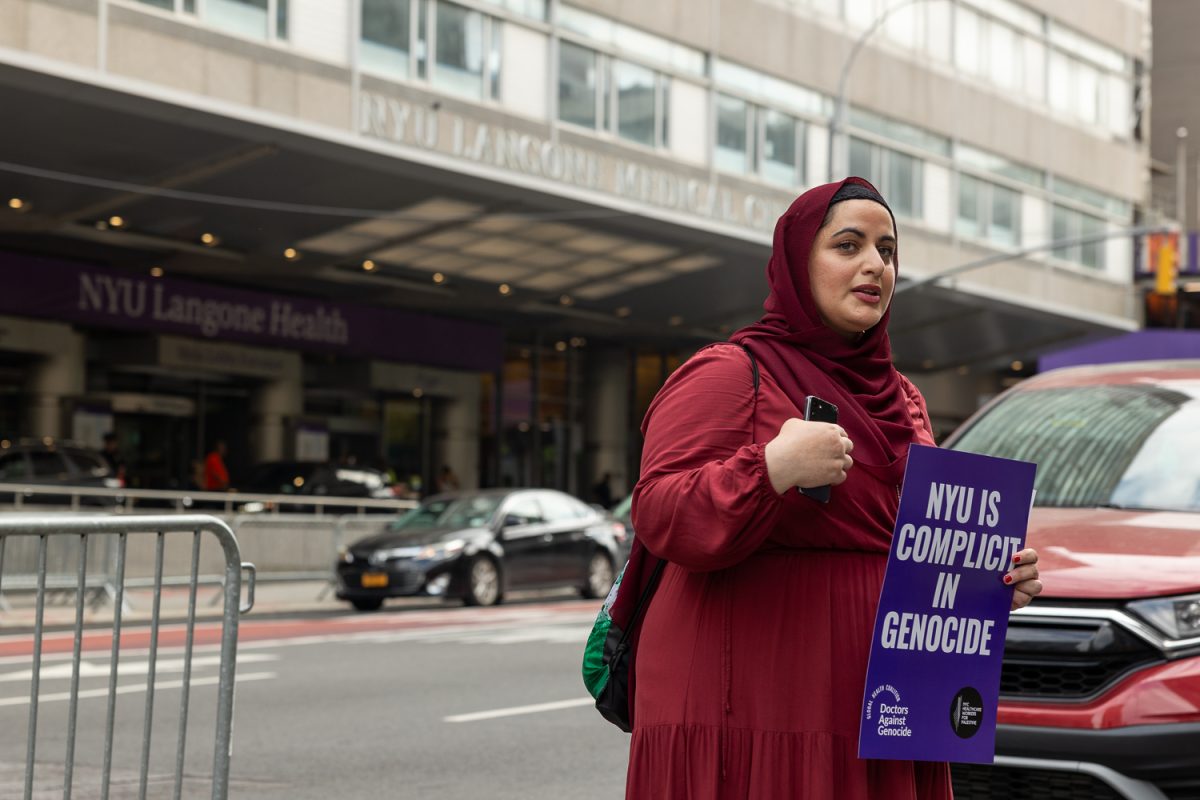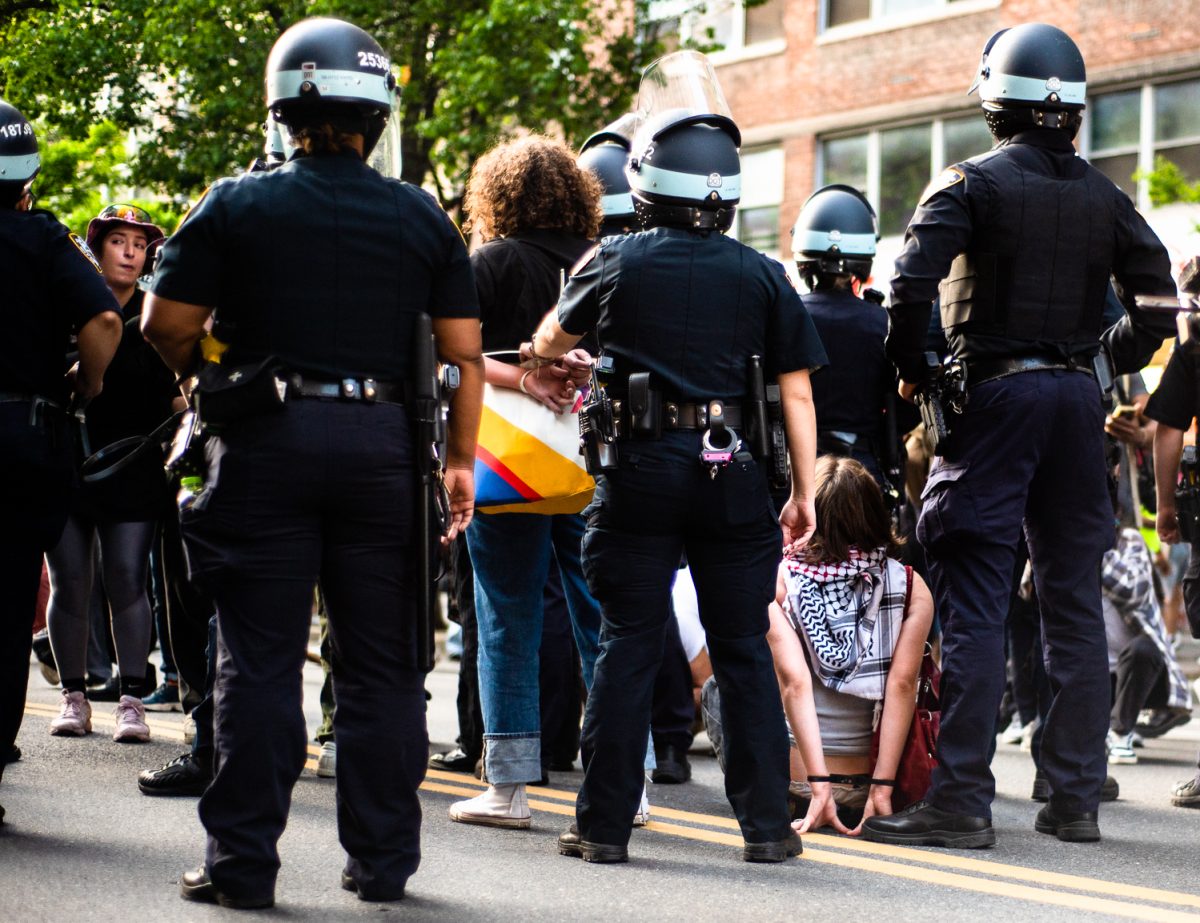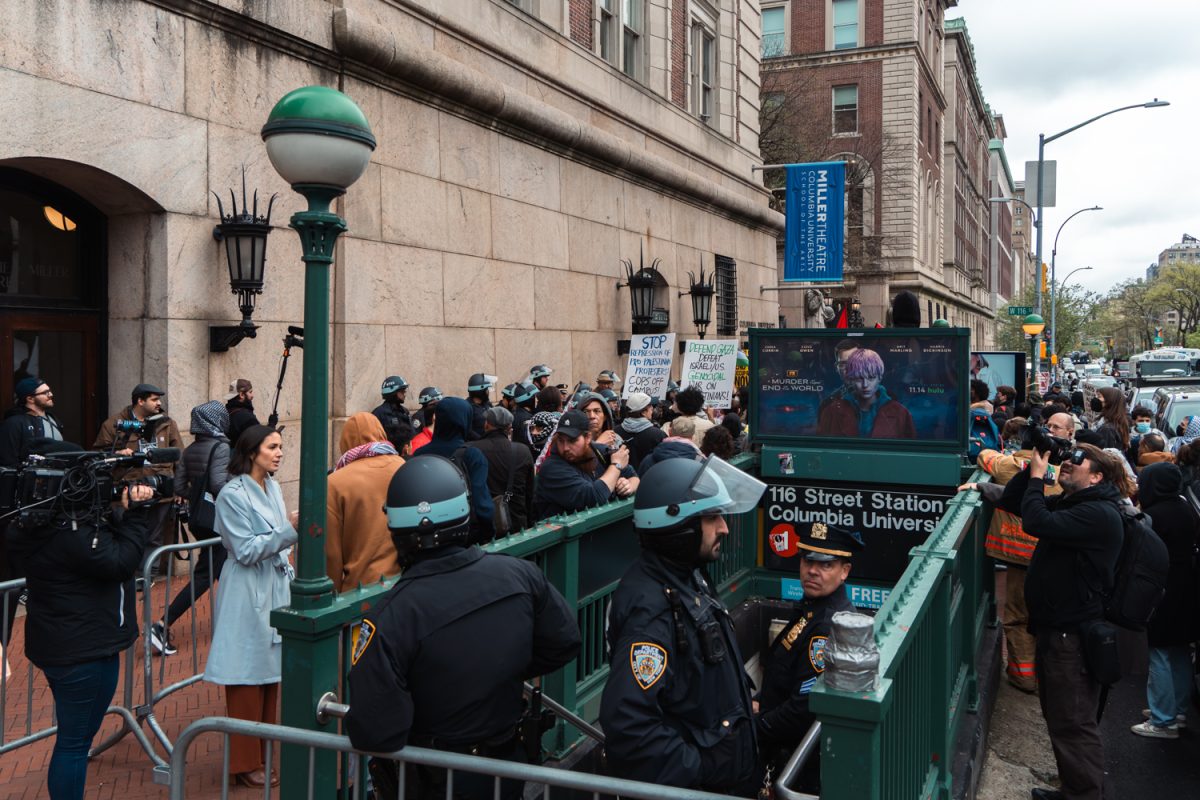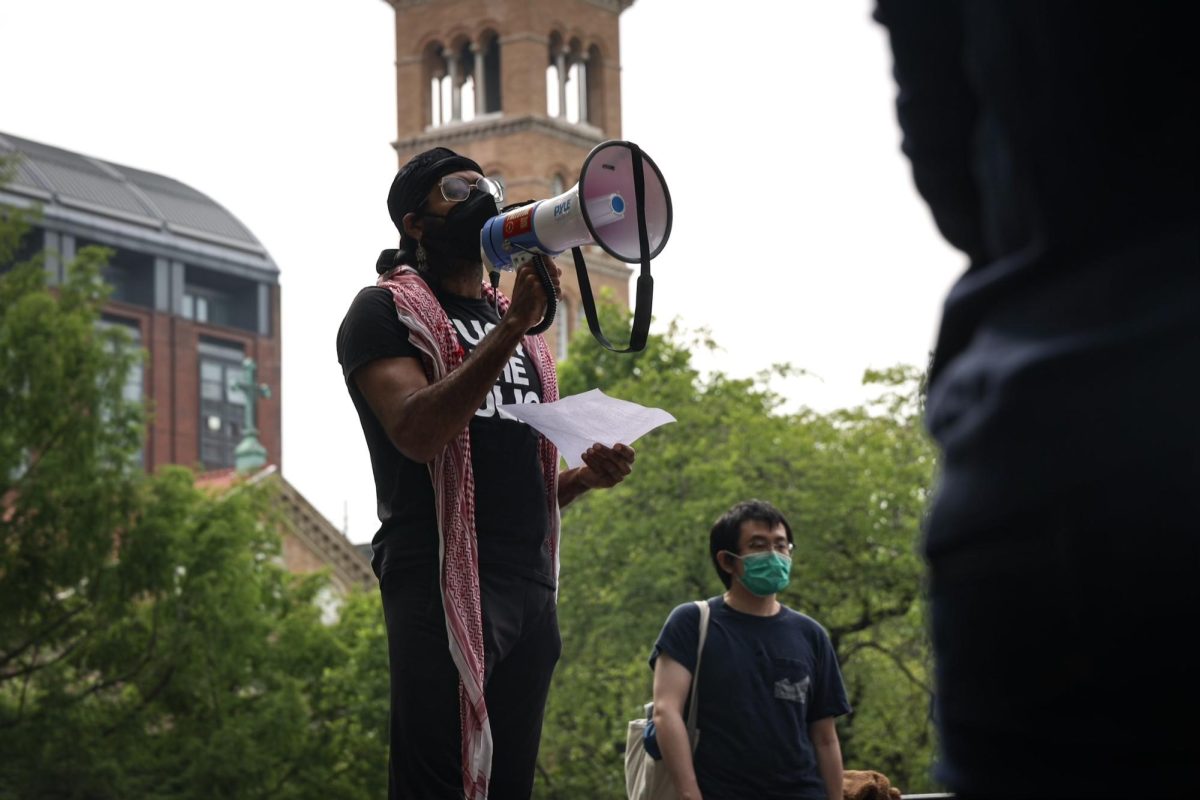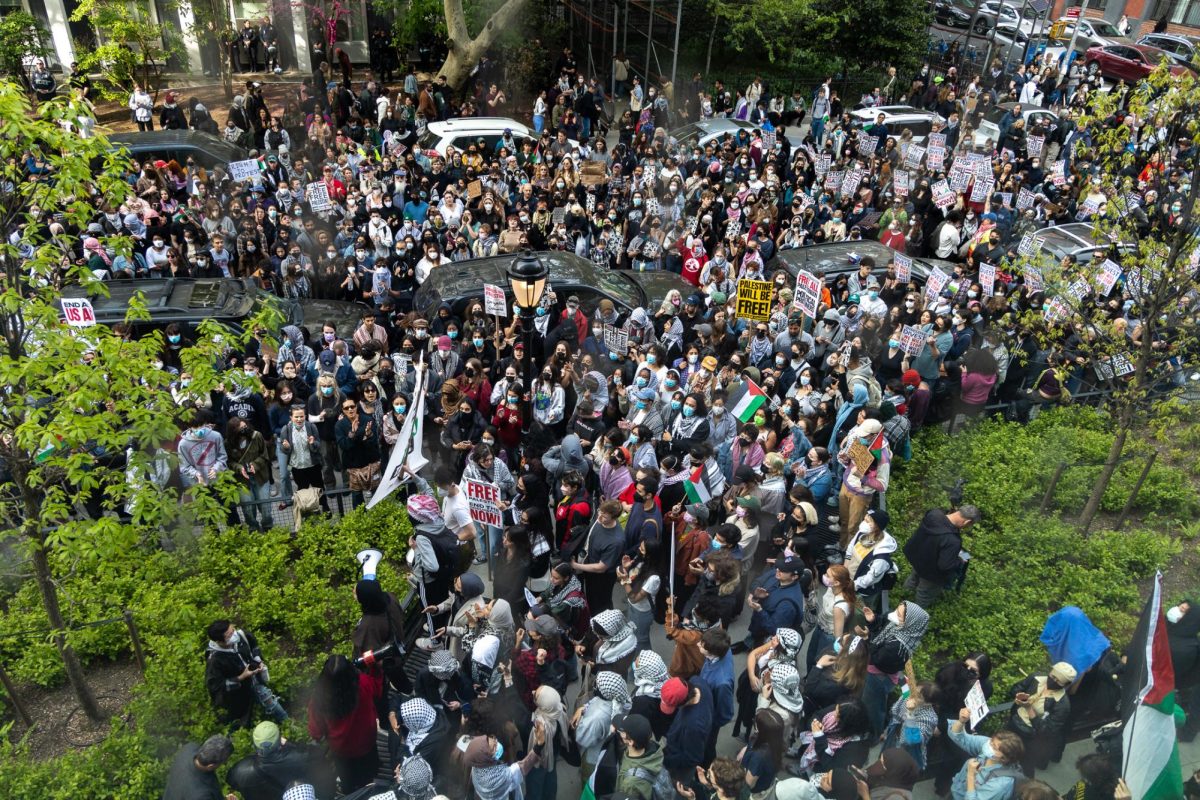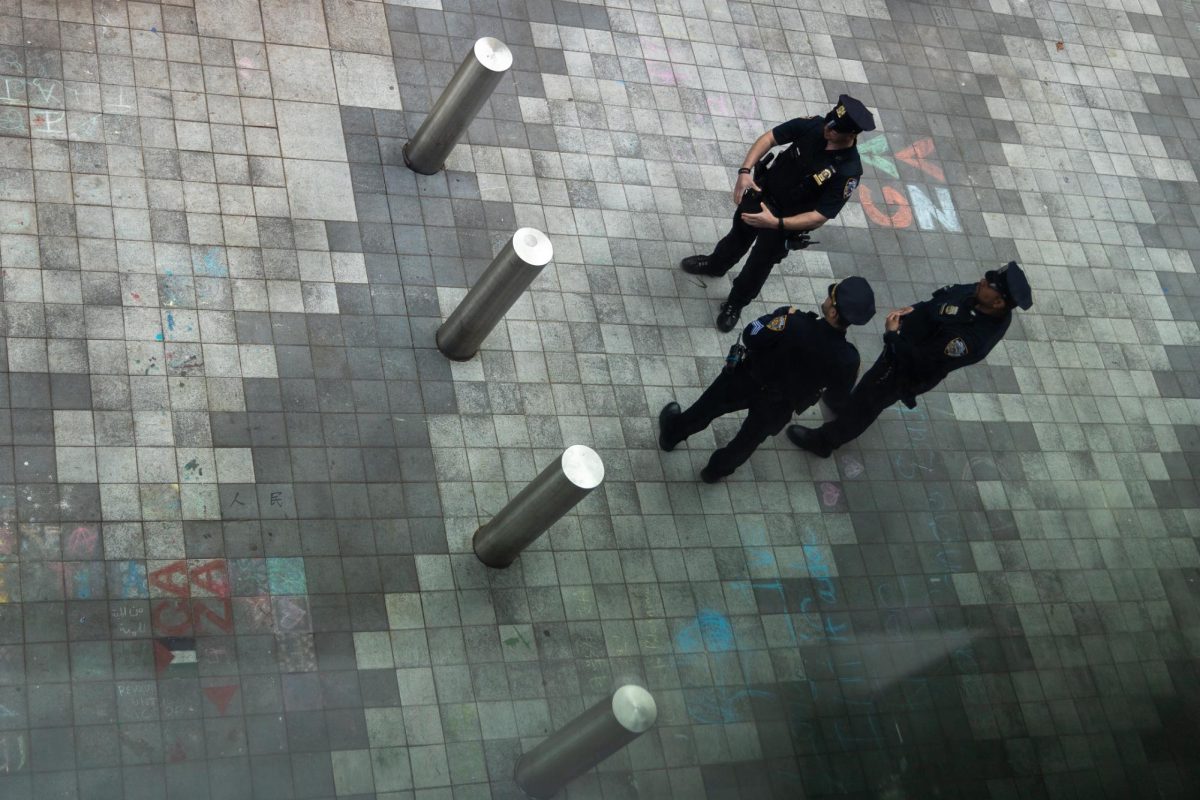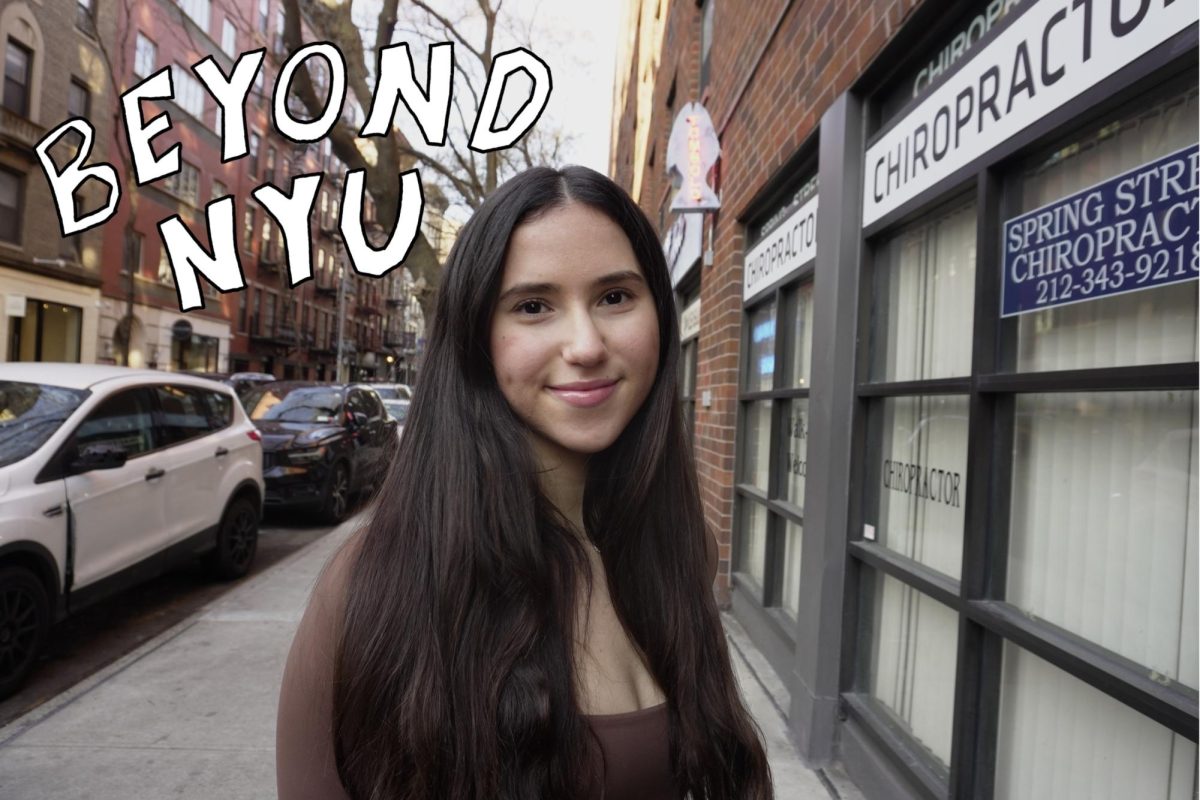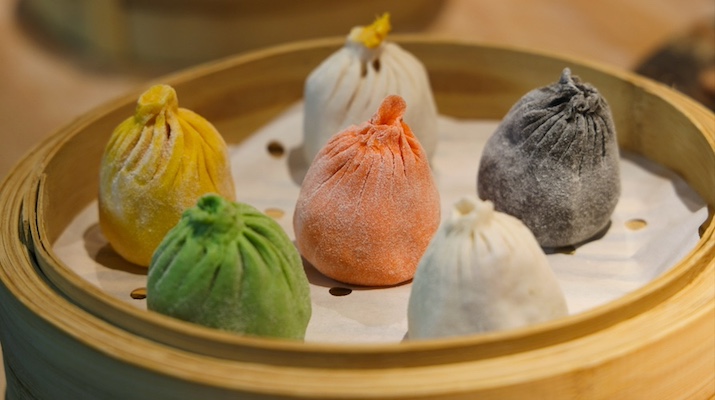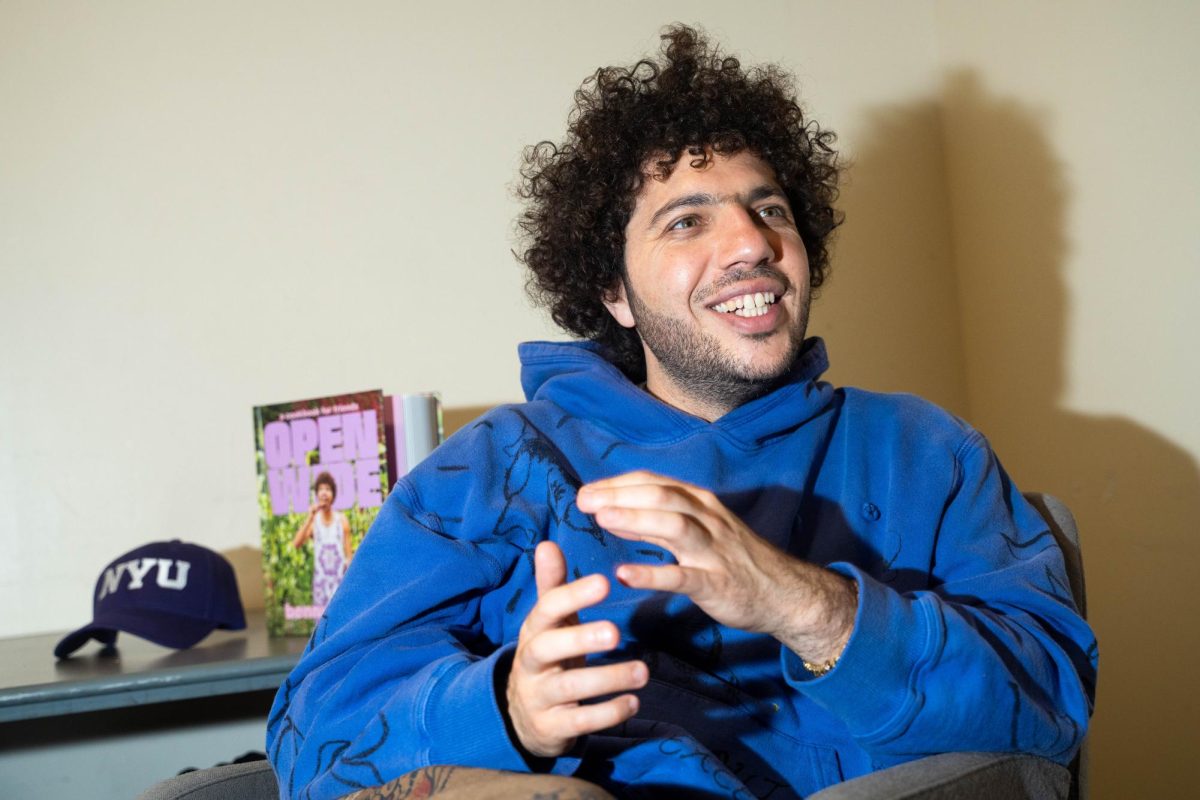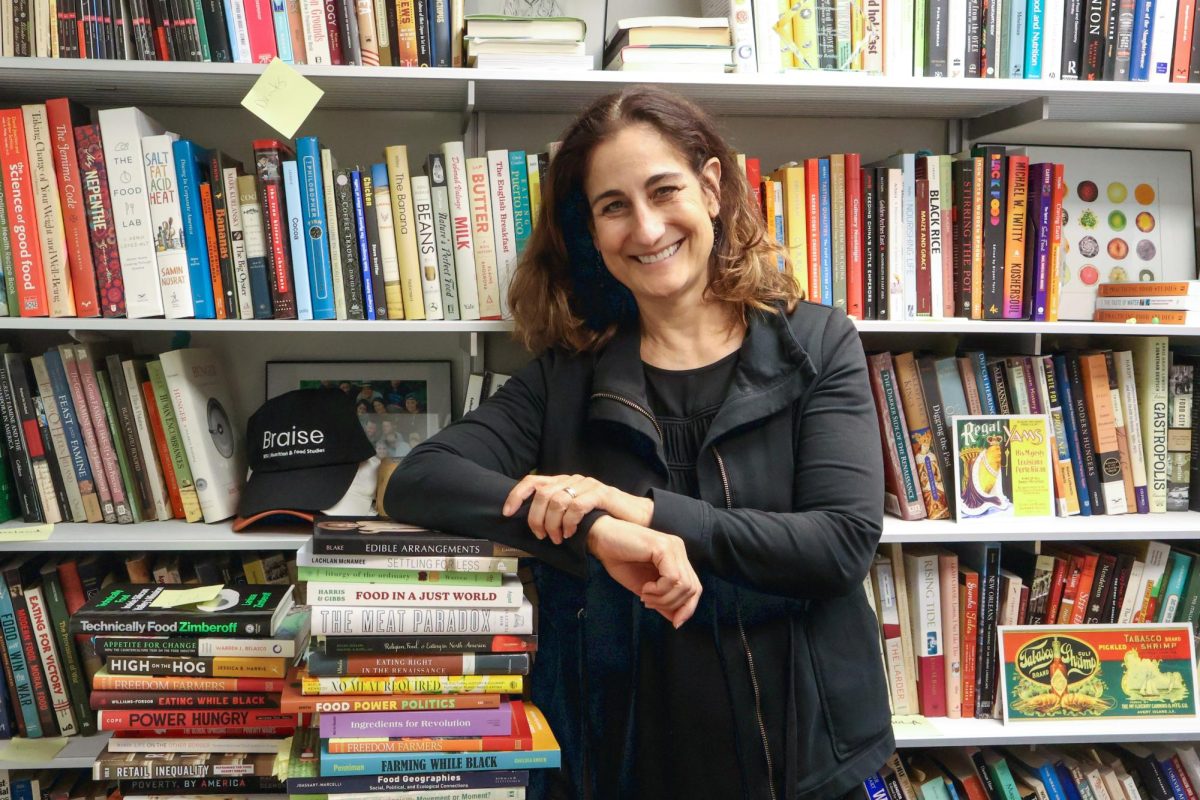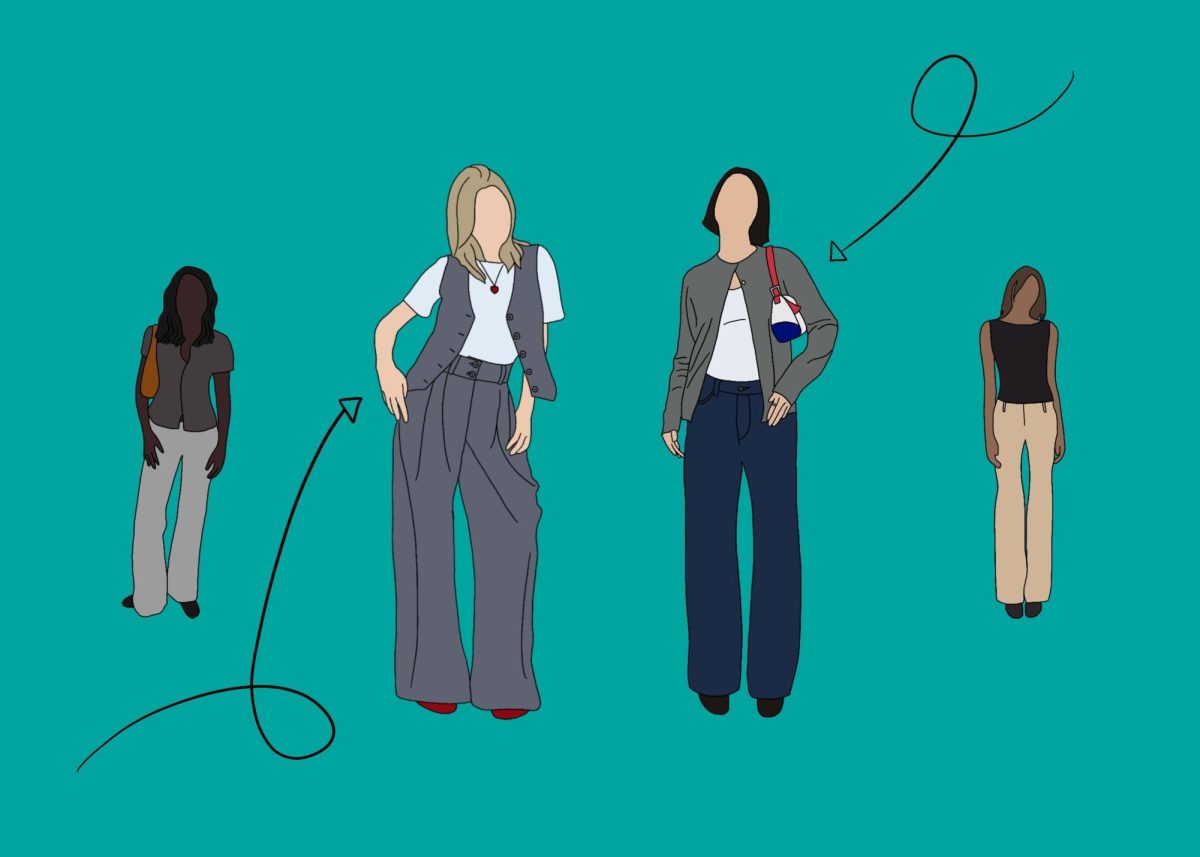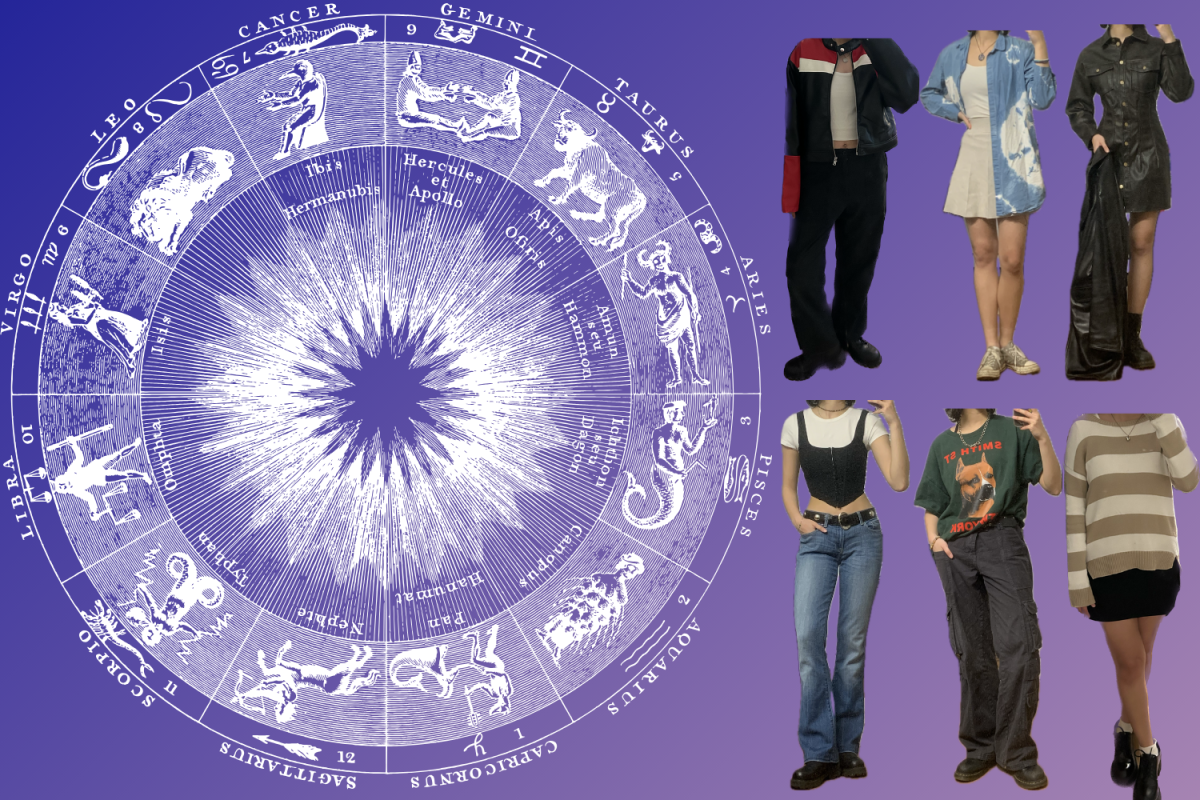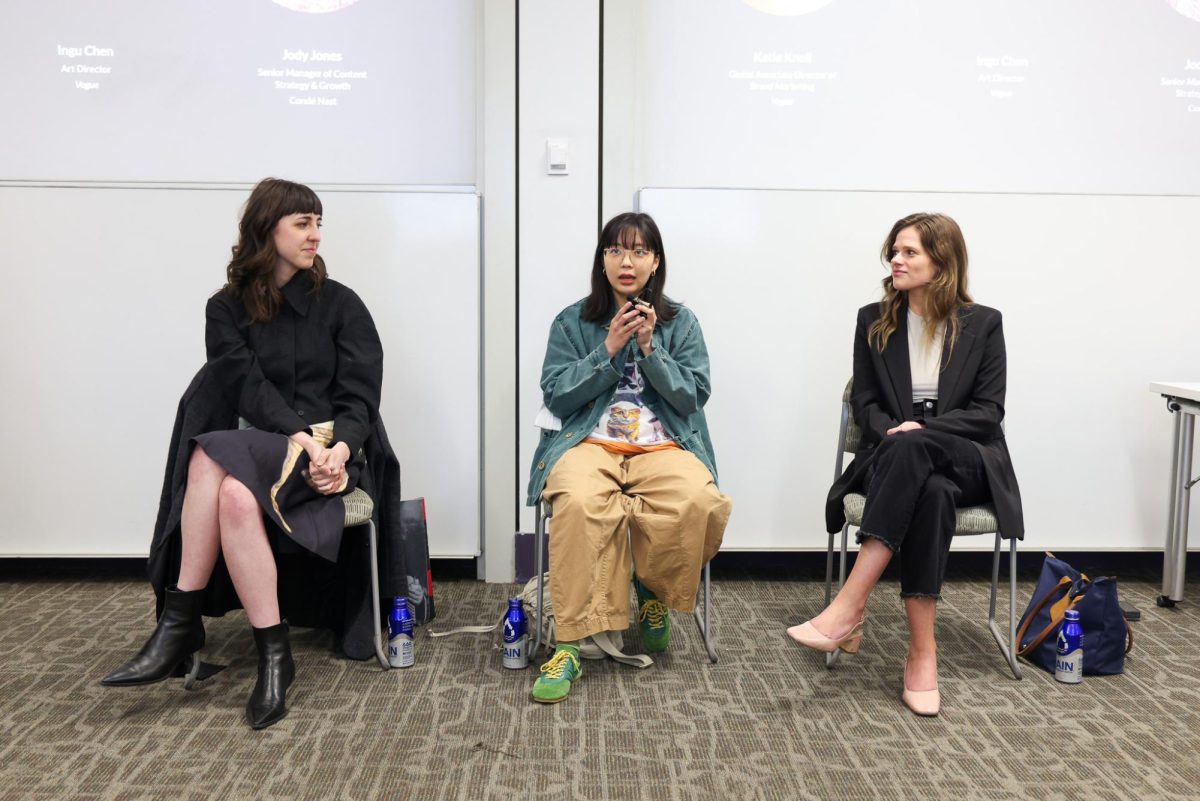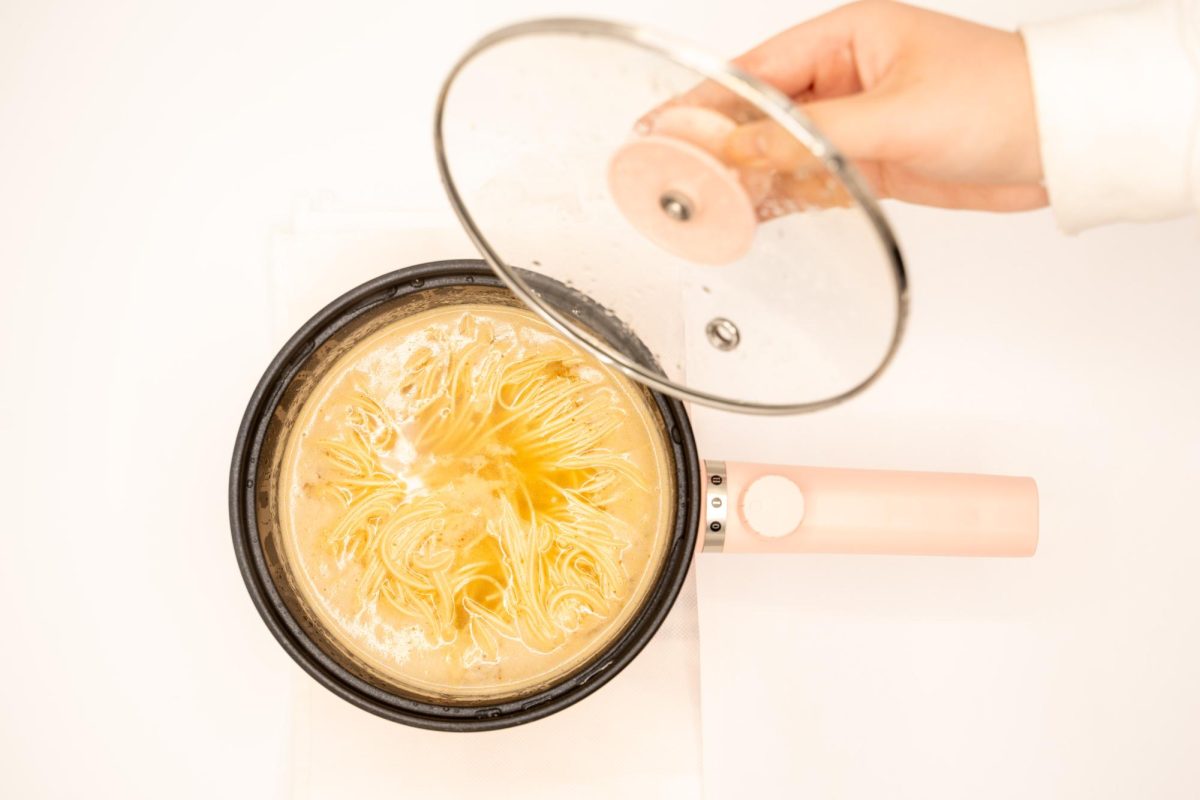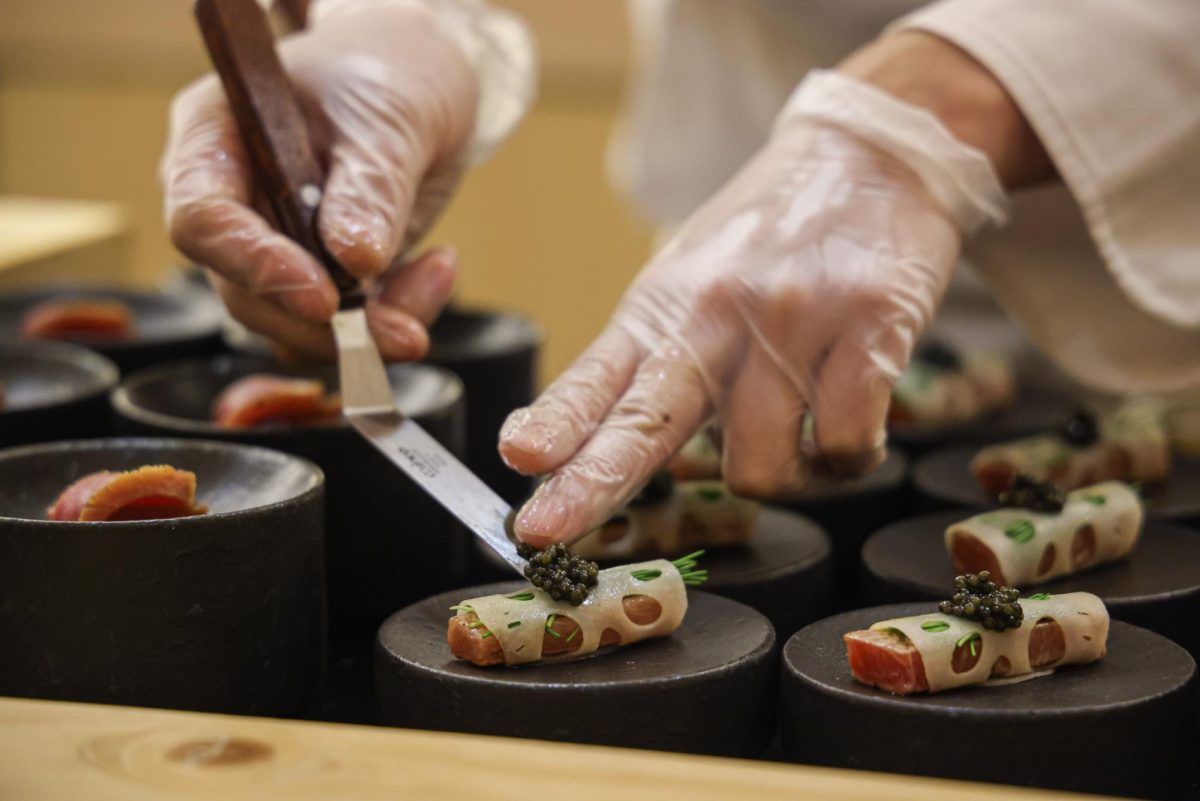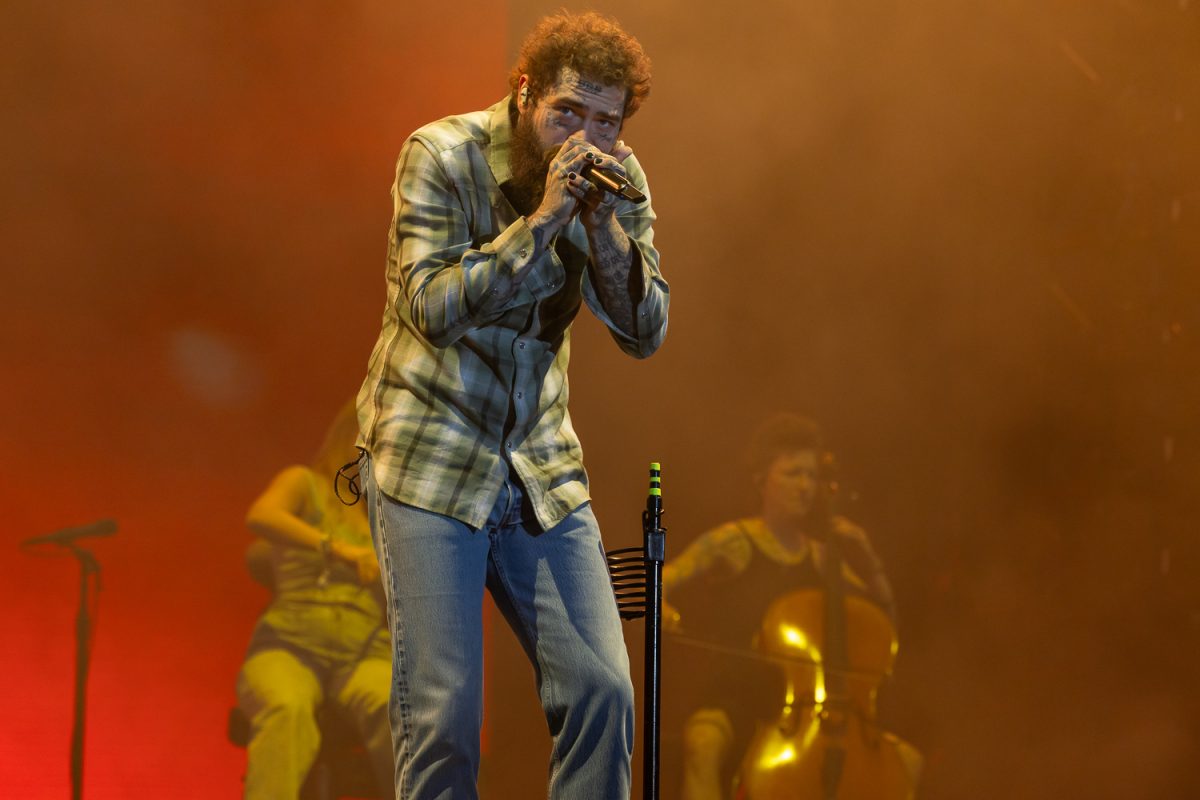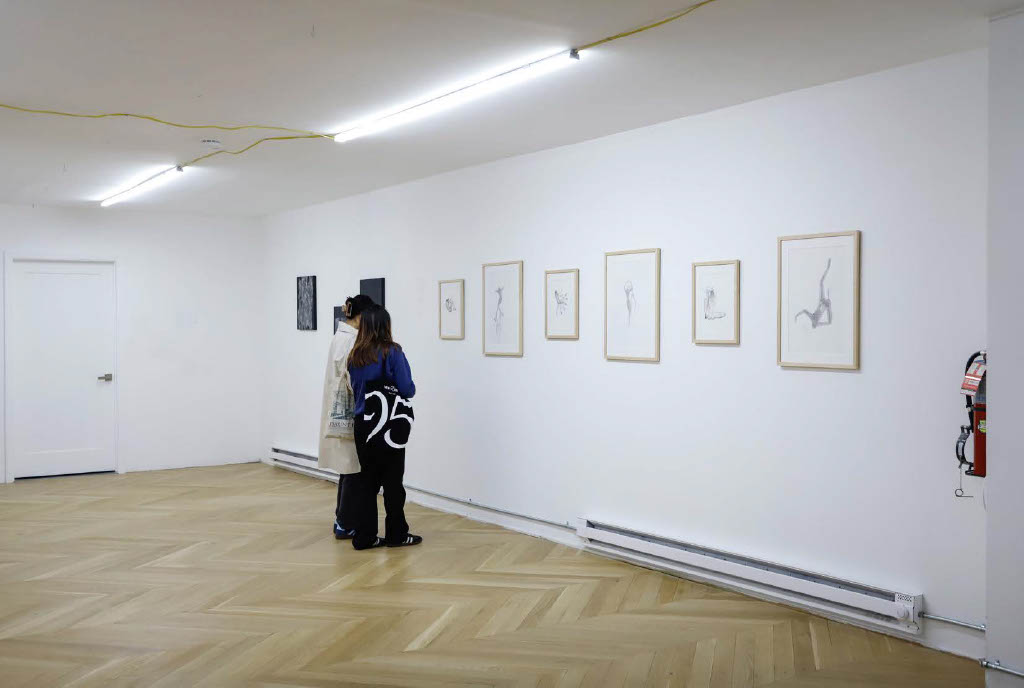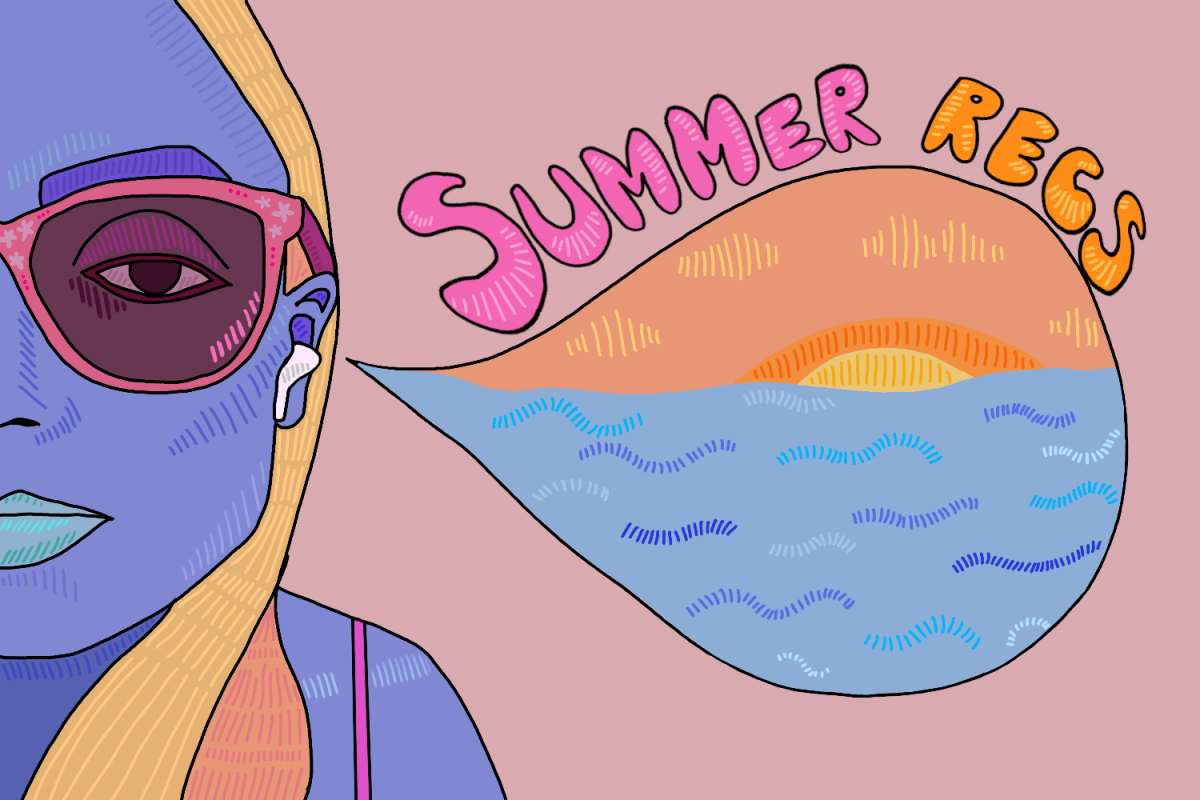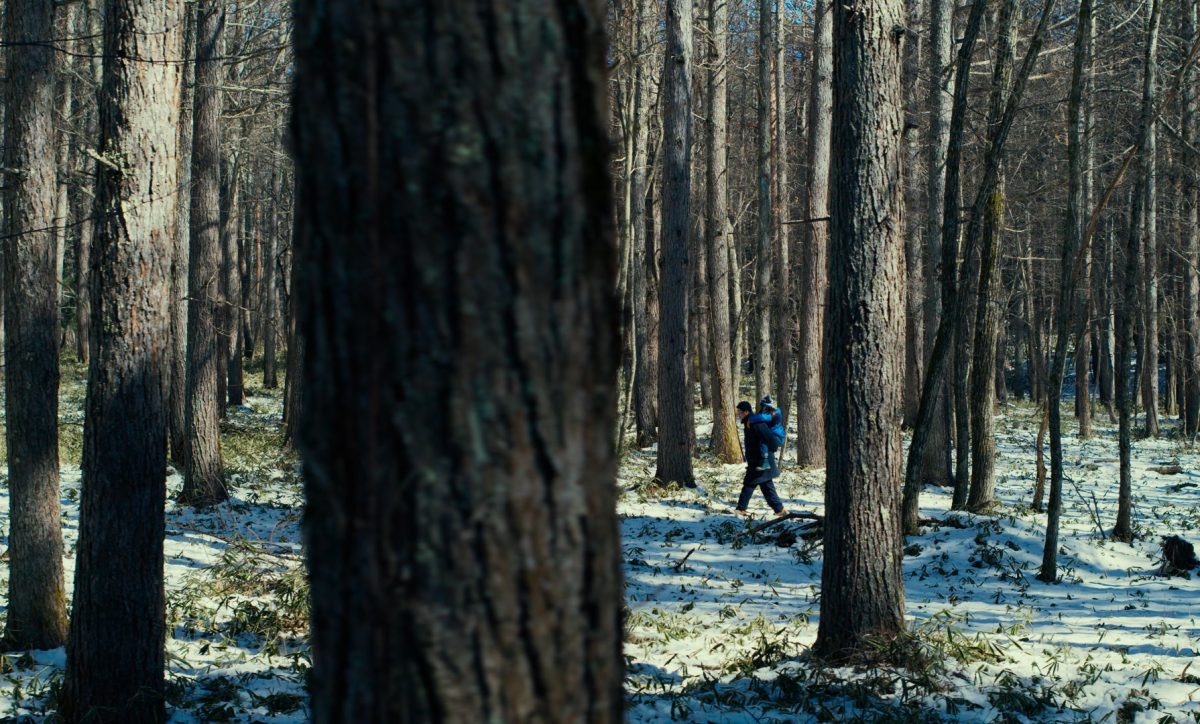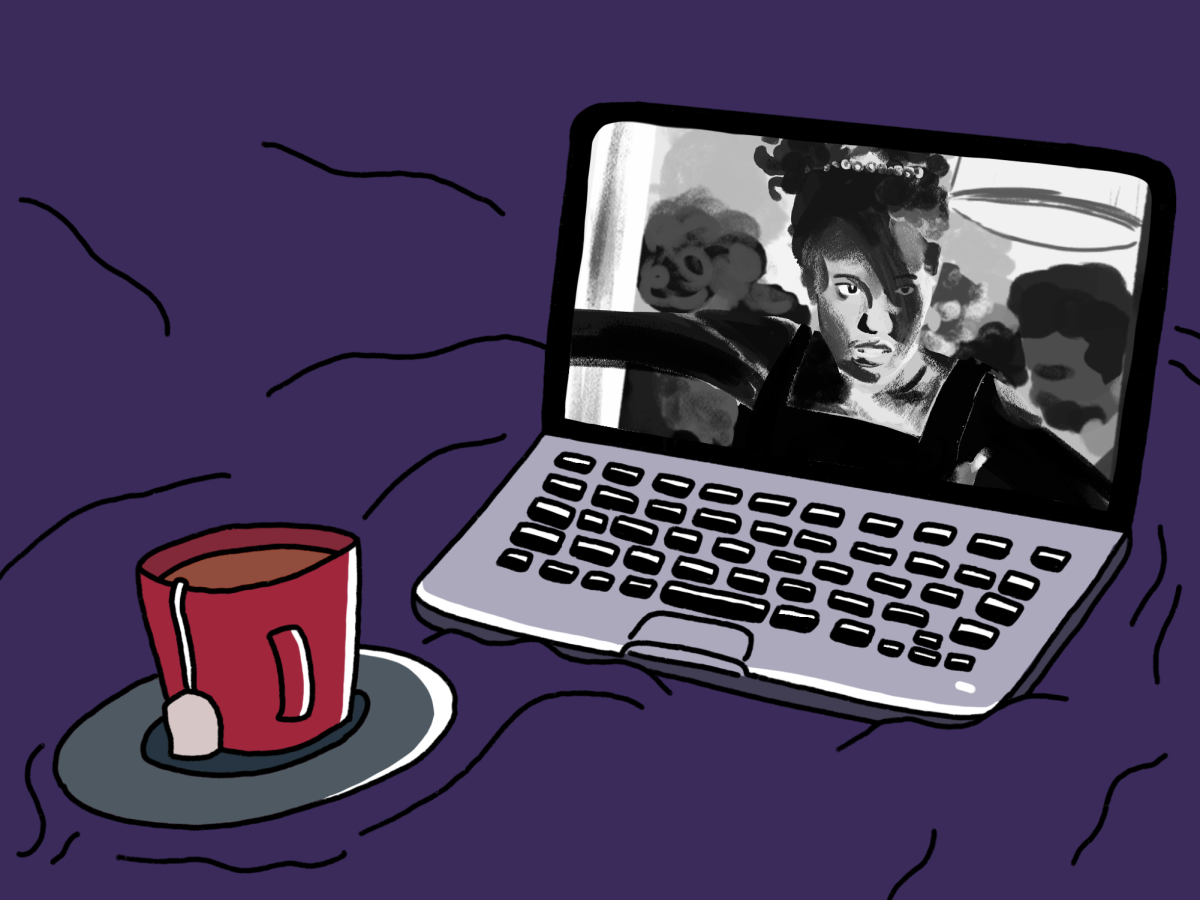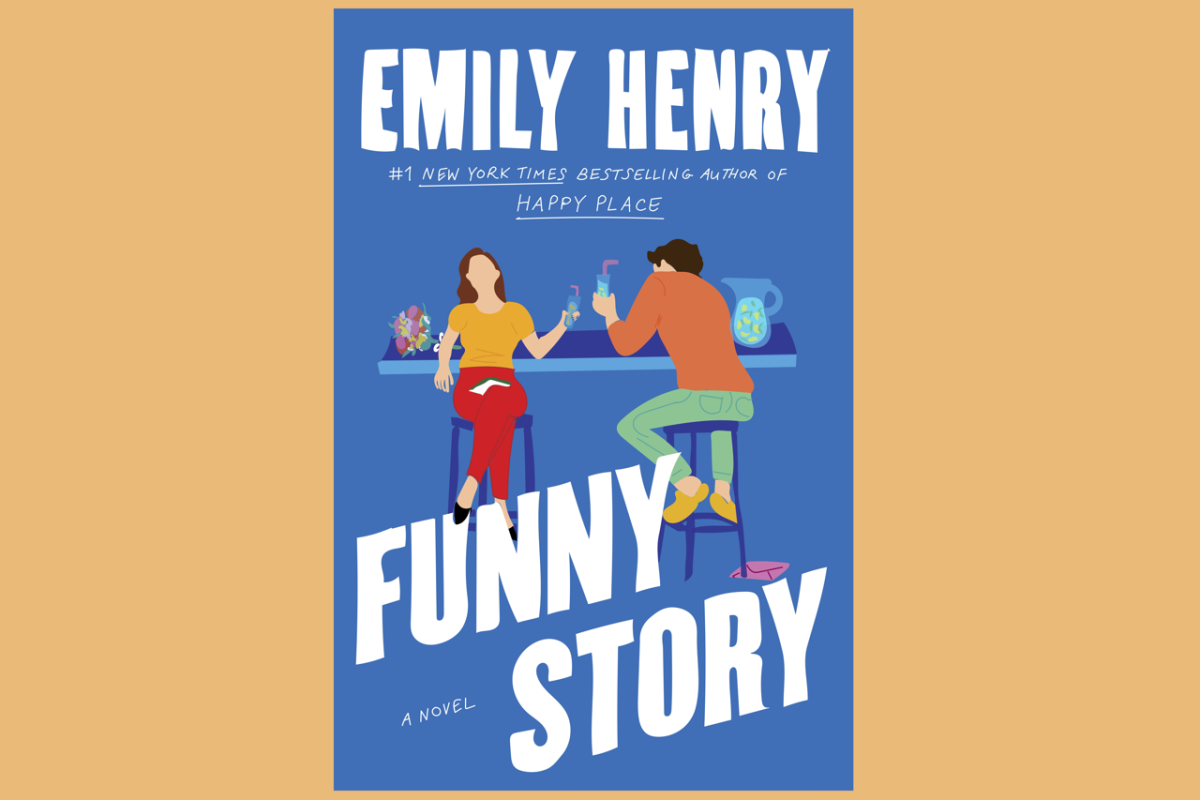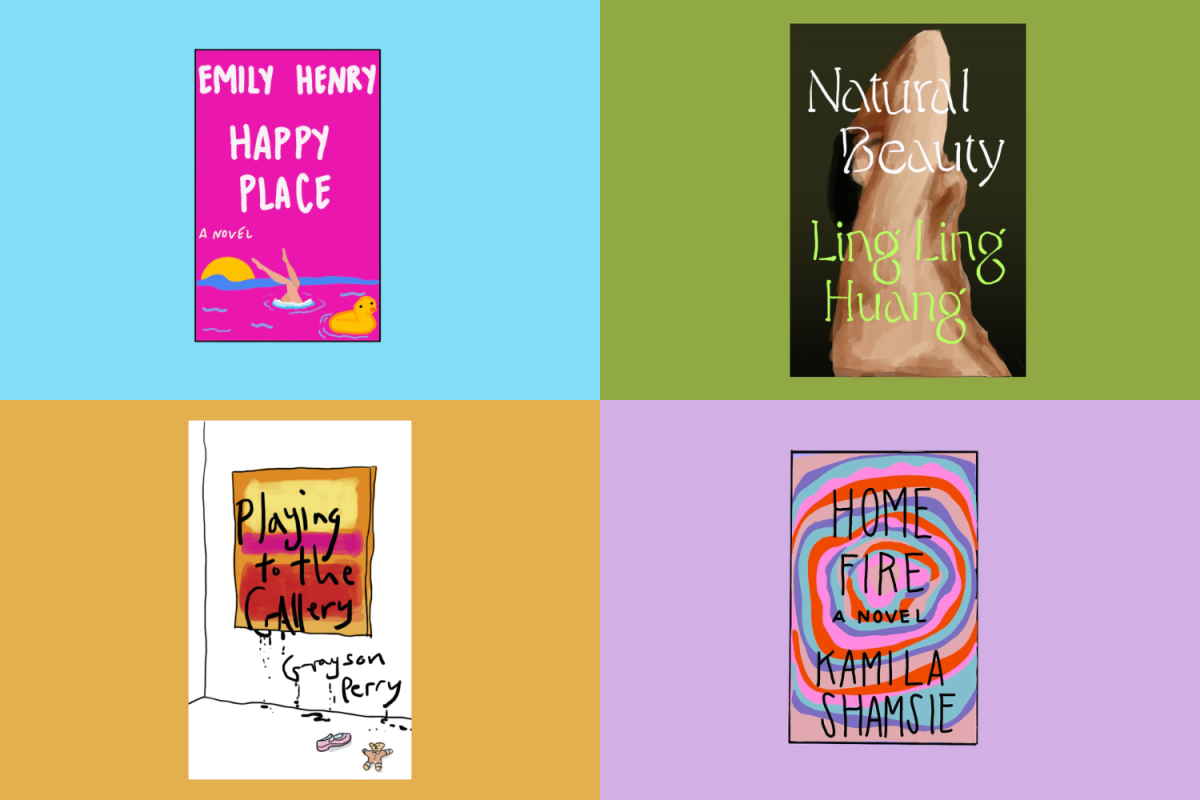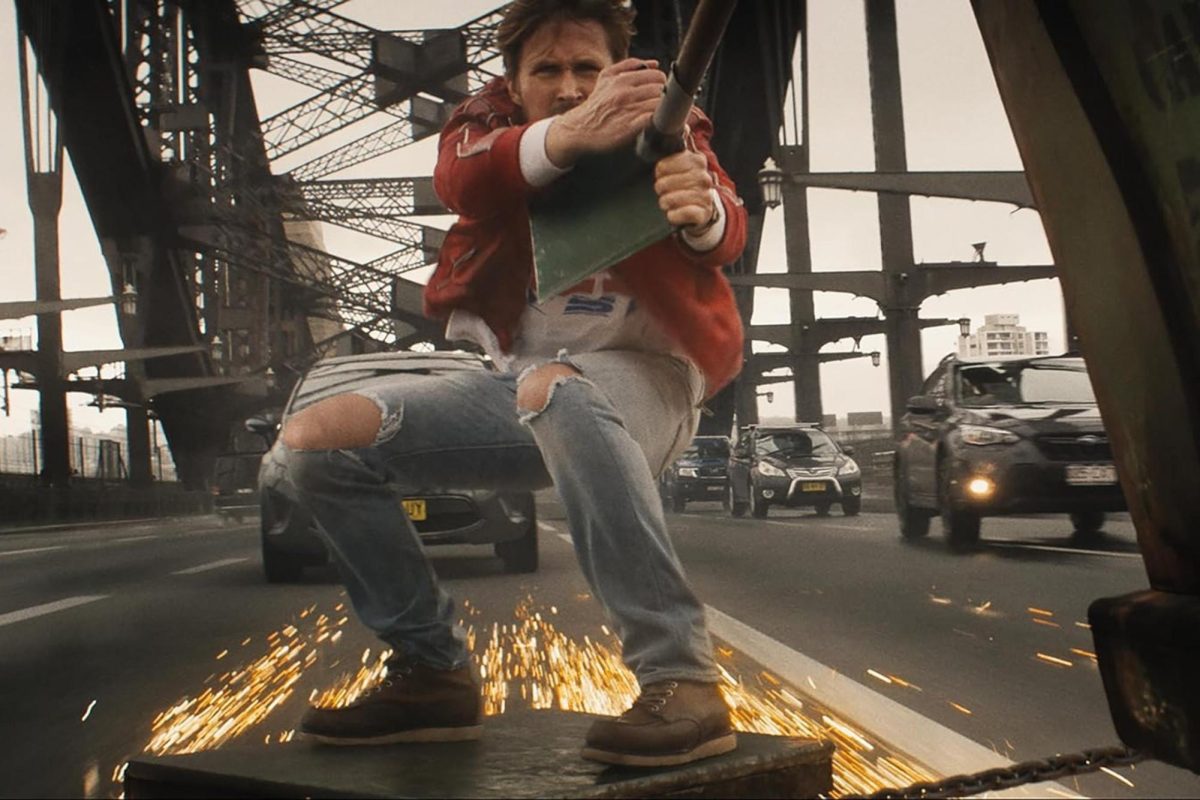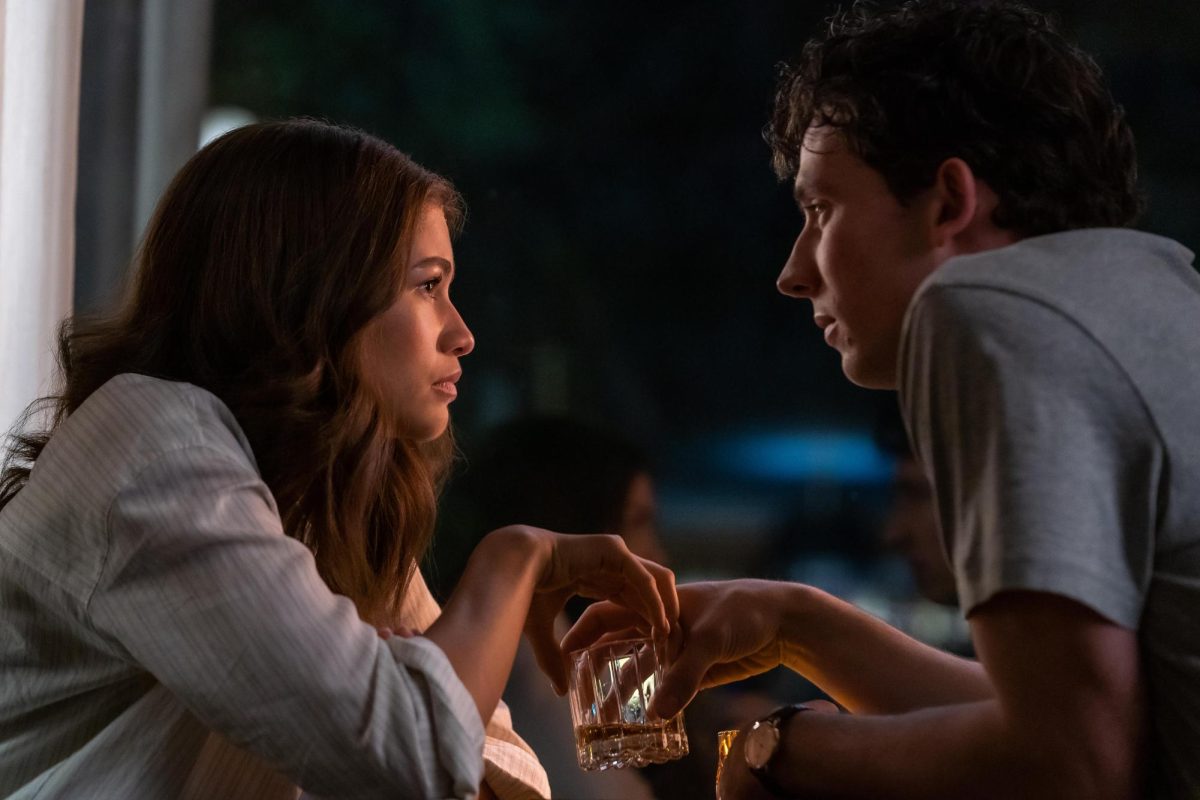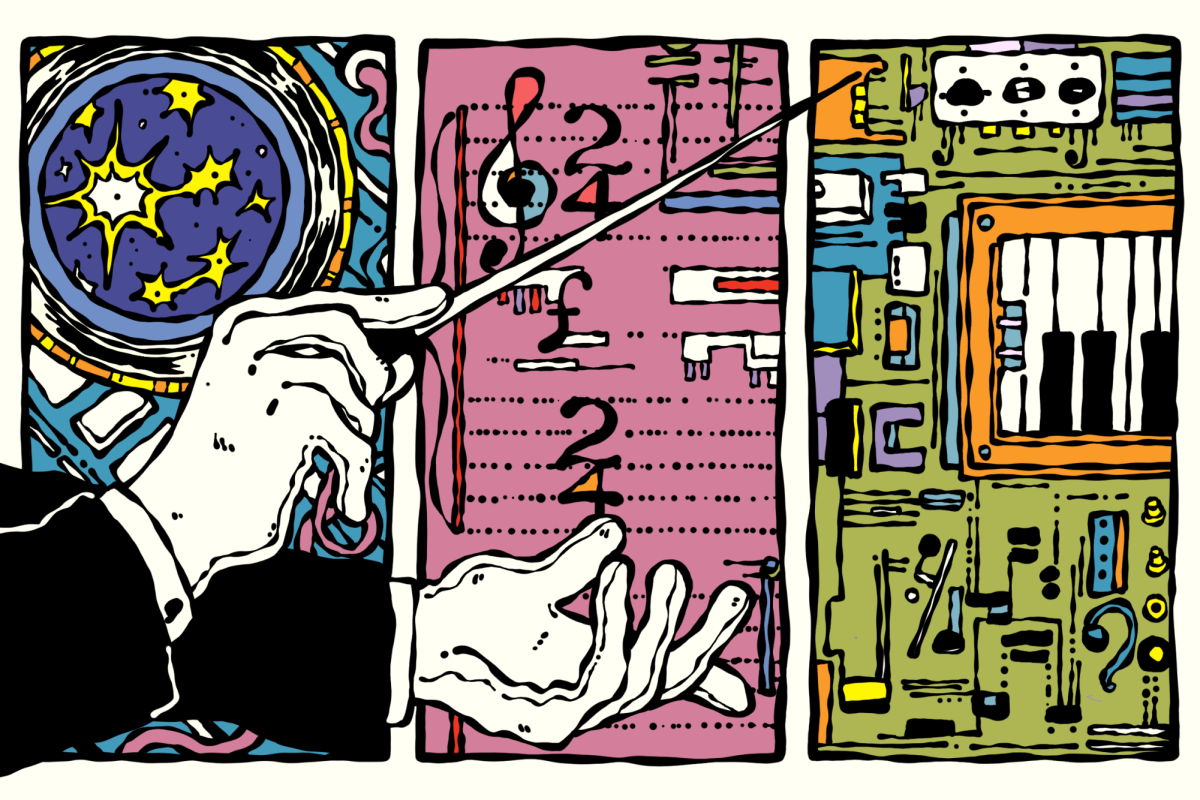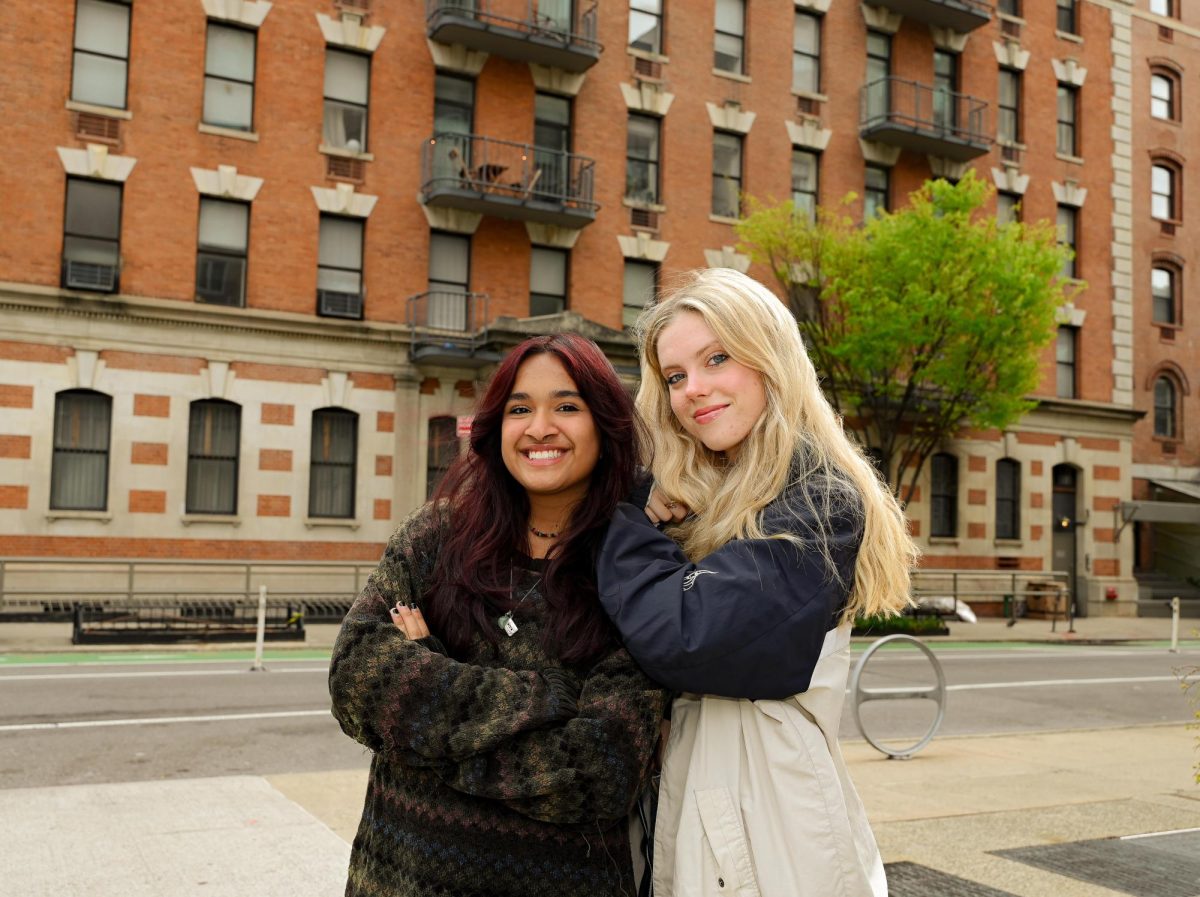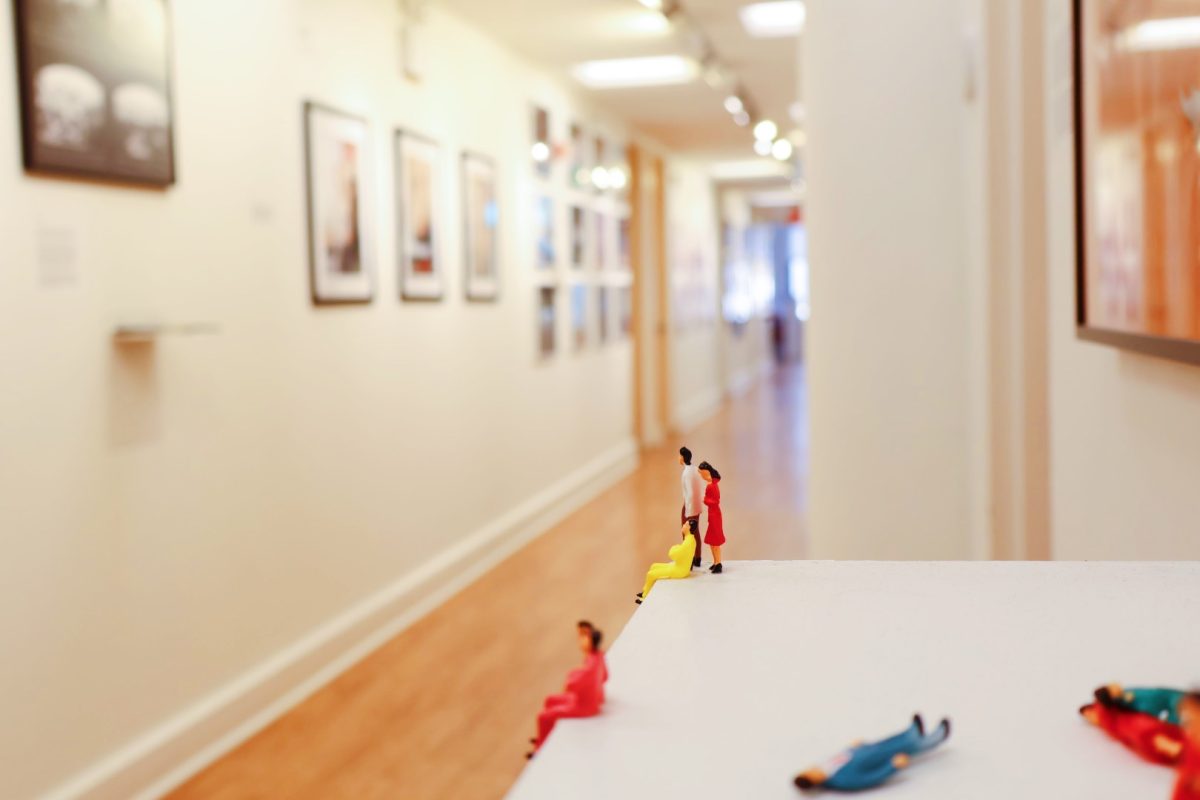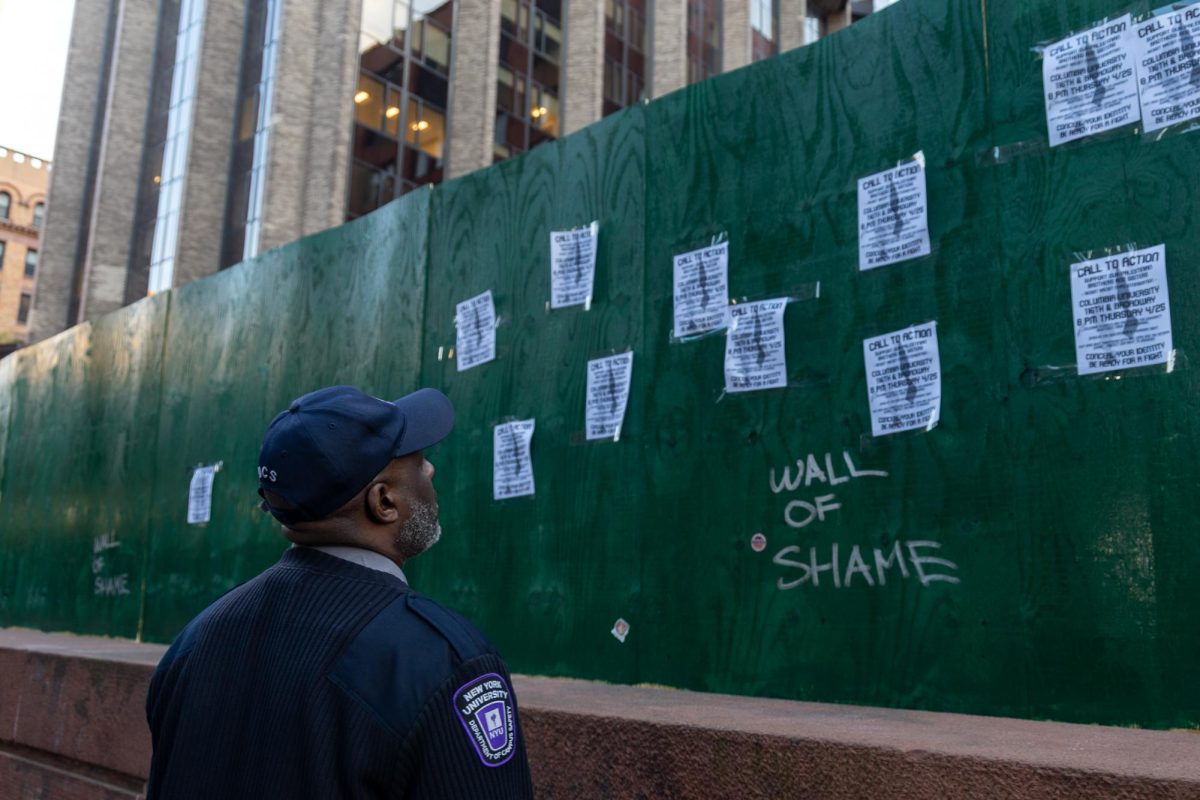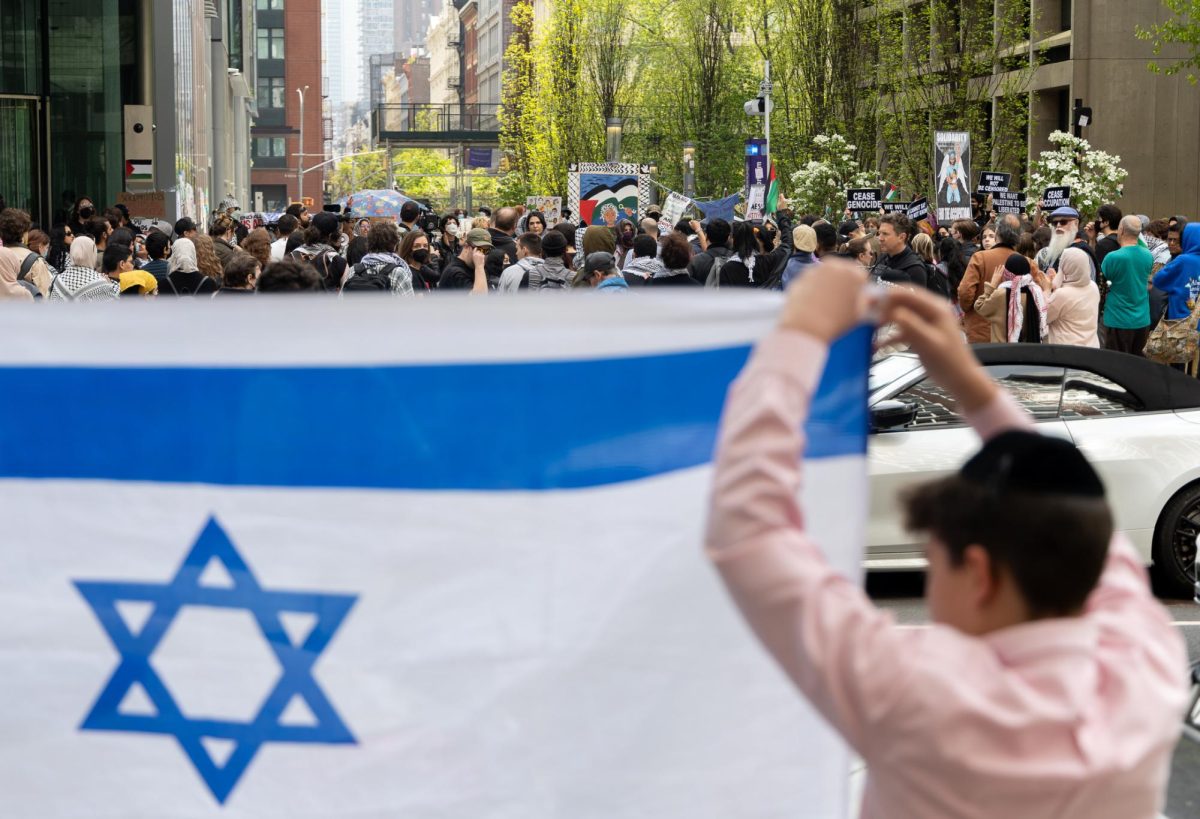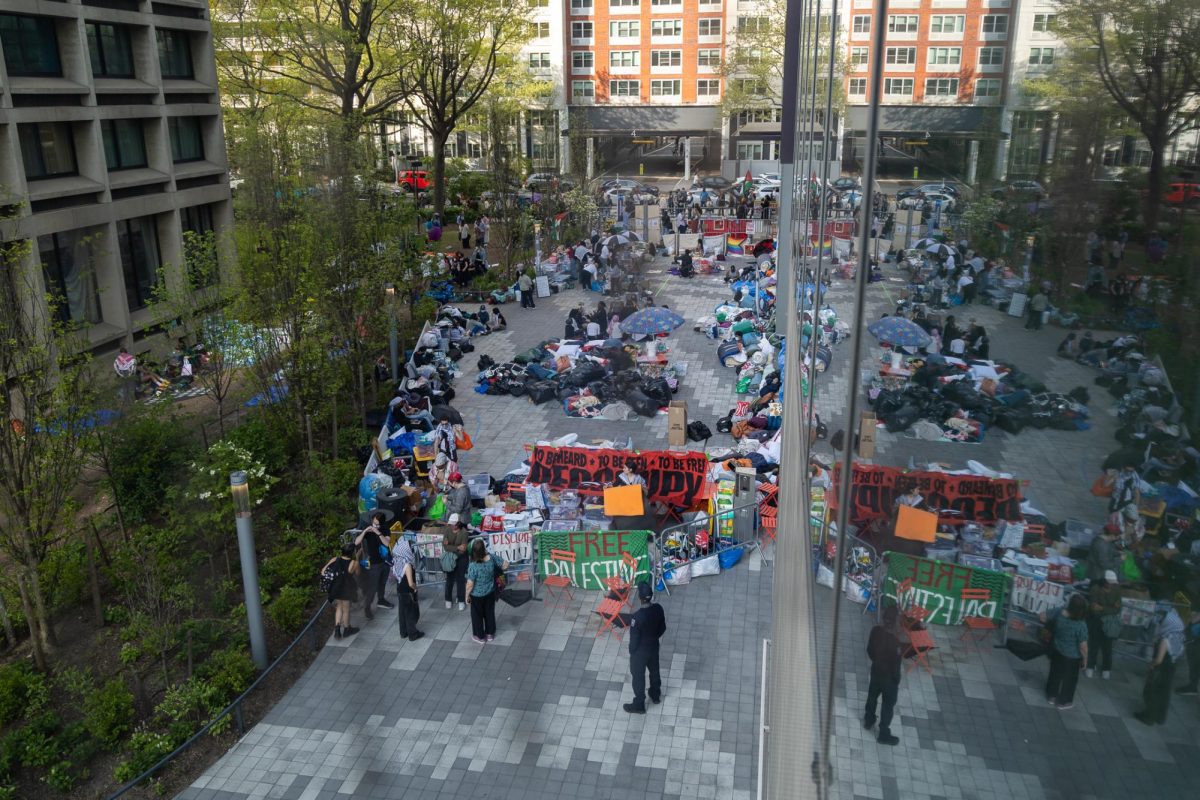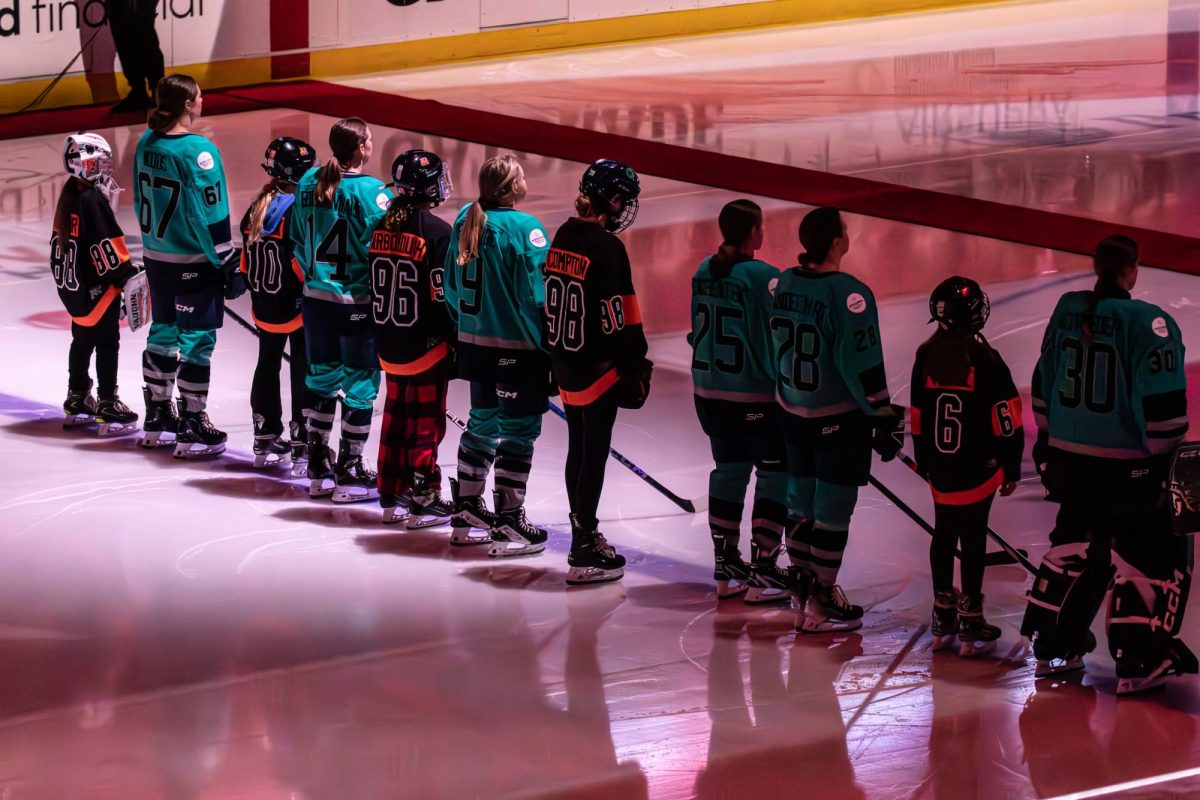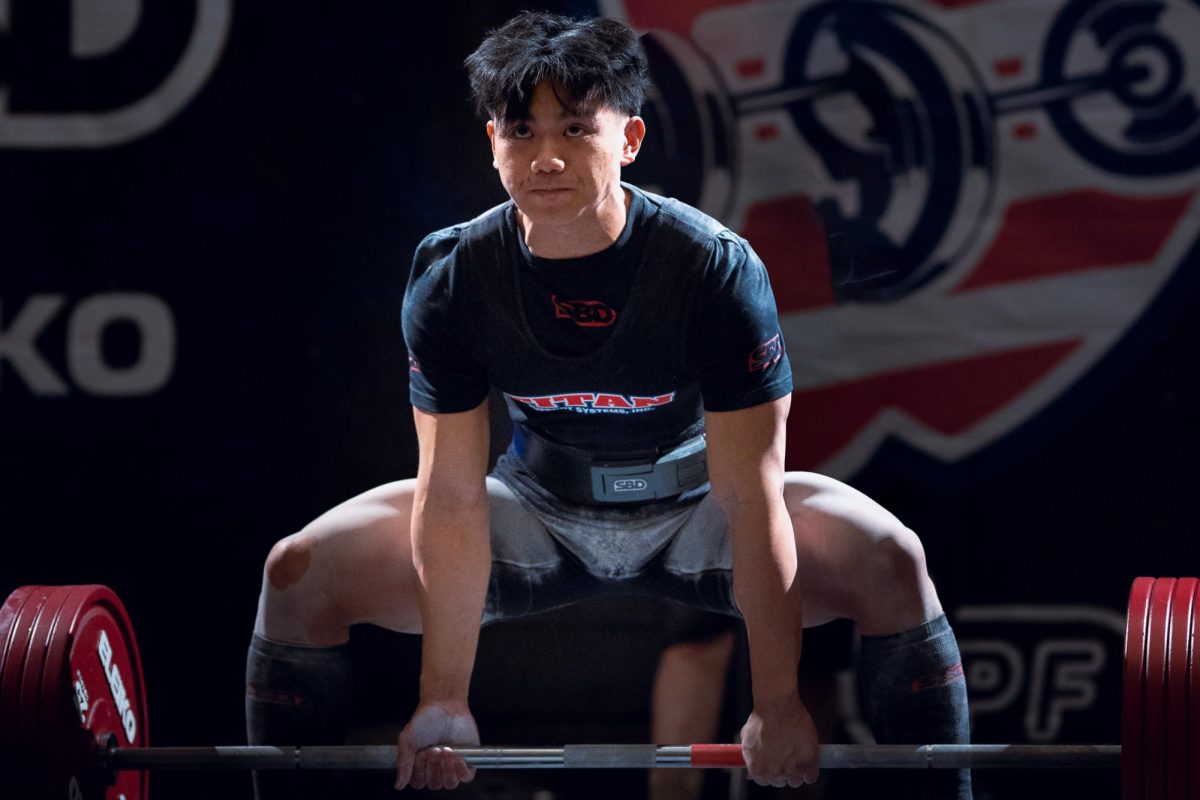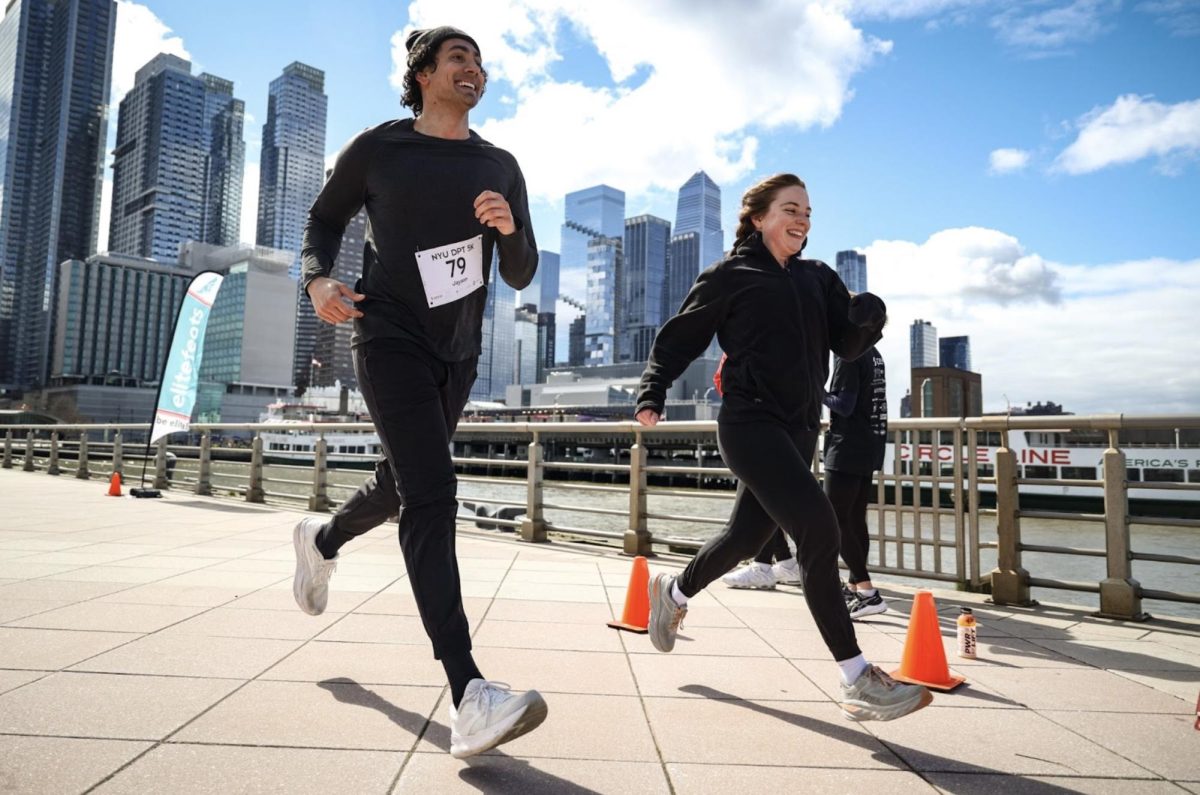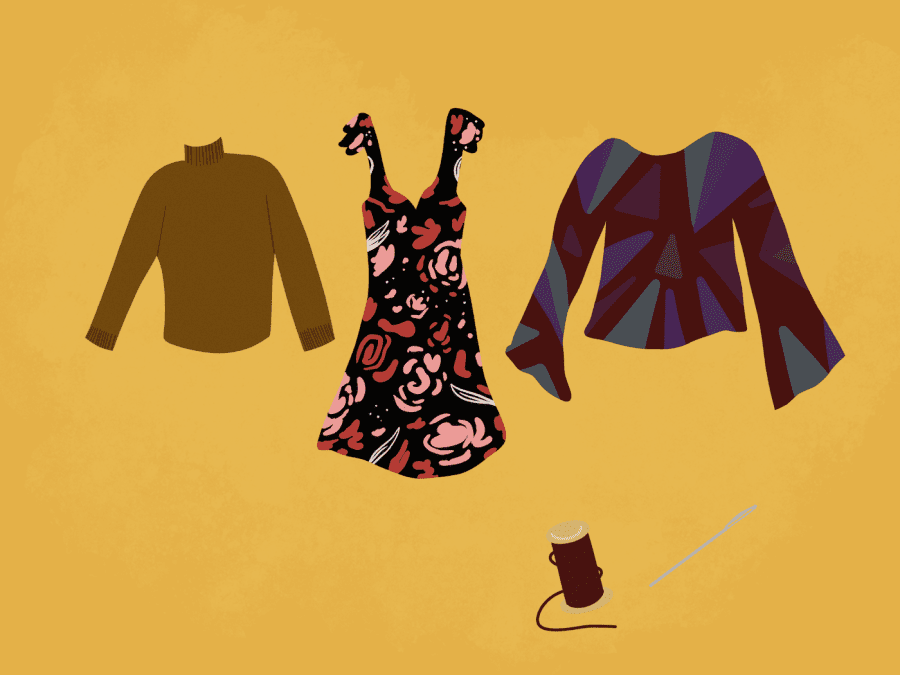From old to new: Upcycling changed my relationship with fashion
You like my top? Thanks, it’s my sister’s!
Upcycling is the process of modifying old clothes into new styles.(Illustration by Susan Behrends Valenzuela)
September 20, 2022
Growing up, my mother refused to buy new clothes because we already had perfectly suitable clothing at home — my older sister’s.
Long-sleeve turtlenecks, short-sleeve band t-shirts, long floral dresses and short colorful skirts, all owned by my older sister. As I type this, I am currently wearing one of my sister’s tops from when she was in middle school. It’s a long-sleeve, maroon top with a mosaic-like, stained-glass pattern exploding with blues and purples.
I grew up watching the news and reading magazines that showed celebrities who wore a new, outlandish outfit every day they were photographed. I felt outraged and beyond embarrassed — I wanted to be just like them. At the age of 8, I had an enormous amount of confidence and truly believed that I needed an infinite amount of clothes.
I had two obvious options: wear my sister’s hand-me-downs or continue wearing my own “out-of-style” clothing. So at 11, I rolled up my sleeves and decided to build my own wardrobe through upcycling — the process of transforming used clothing into new, wearable pieces.
Naturally, I rejected all authority and reinvented the hand-me-downs into my clothes. Refusing to learn from an adult, I taught myself to sew by practicing on my knockoff Barbie dolls until my fingers bled. After transforming my dolls, I decided it was time for the big league. I started by cutting off the sleeves off of my hand-me-down shirts, then hemmed them until they looked clean and new.
I then moved from shirts to pants. Anyone who is short knows the feeling of finding the perfect pair of jeans, and then realizing they’re too long. The only logical thing in my tween brain was to cut them, and I blindly believed it looked good. I cut my jeans on my bedroom floor or on my bed, freehand and all. Did I think the cut was straight and that I invented the most perfect jeans ever worn by a 4-foot-11 tween? Yes and yes. The only thing I’d change now is to distress them at the bottom. By pulling out the longer threads of the fresh cut, I’d make them more casual, as if I bought them that way.
My mother’s distaste for buying me new clothing also applied to accessories. She even told me to keep the ribbons I received from gifts to wear in my braids. It honestly makes me chuckle now to think about how repulsed that made me, because that’s exactly what I do now. The ribbons in my hair come from birthday and graduation gifts, and guess what — they’re cute and free. Headbands have become the newest trend in accessories, holding back everyone’s bangs at school. I made my own headbands out of scraps of material from other upcycling projects.
To make the headband, I cut a shirt or dress in half, took the excess piece and cut it even shorter to make a large, circular piece of fabric. I would then cut open the circle so that the headband was one long piece of material. I had more than 20 different headbands ranging in color and pattern.
To those of you who are wearing your siblings hand-me-downs and don’t think it’s cool, take it from me — it is. It can feel embarrassing at first, but it’s important to remember that you are the one in control of your own narrative. What better way to reinvent yourself than through ethically made and environmentally conscious clothing?
Contact Pritheva Zakaria at [email protected].



